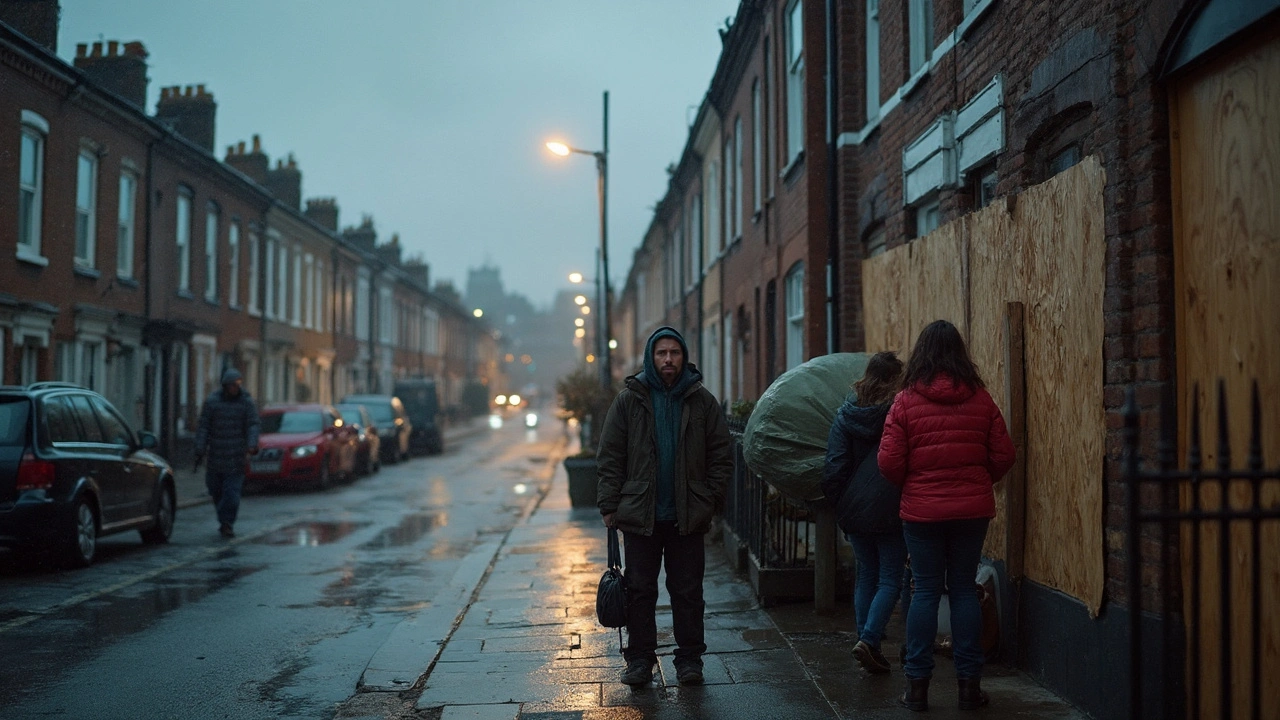Rent Prices in London 2025: What You Need to Know
London’s rental market has been buzzing this year. If you’re thinking about moving, staying, or just curious about how much a flat costs, you’ve come to the right place. Below we break down the biggest numbers, the cheapest spots, and quick tricks to stretch your pound.
Current average rent numbers
According to the latest UK housing data, the average monthly rent for a one‑bedroom flat in London sits at around £1,850. Two‑bedroom places are closer to £2,500, while studio apartments can be found for roughly £1,400. Those figures are a bit higher than the national average, which sits near £950 for a one‑bedroom. The gap reflects London’s demand, limited space, and the influx of students and professionals.
But averages hide a lot of variation. In zones 1 and 2, you’ll often pay £2,500‑£3,500 for a one‑bedroom, whereas zones 3‑5 bring the price down to £1,200‑£1,800. If you’re flexible about commuting, those outer zones can save you a few hundred pounds each month.
Neighbourhoods that won’t break the bank
Looking for cheaper rent? Think about areas that are on the rise but still under the radar. Places like Barking, Dagenham, and Woolwich offer one‑bedroom rents under £1,500 and good transport links via the Overground and DLR. Lewisham and Croydon also have solid options around £1,600‑£1,800, plus a growing selection of cafés and coworking spaces.
If you want a bit of character without the premium of Shoreditch or Camden, check out Peckham, Tottenham, or East Ham. These spots often have newer build apartments that compete with central locations on price but still give you a vibrant community feel.
Remember, rent isn’t the only cost. Bills, council tax, and transport can add another £200‑£300 each month. When budgeting, include those extras so you don’t get surprised when the first rent check arrives.
Here are three quick tips to cut rent costs without sacrificing too much location:
- Share a flat. A two‑bedroom split between two people drops the monthly hit to about £1,200‑£1,500 in most zones.
- Negotiate. Landlords often list a price higher than they’ll accept, especially if the property has been empty for a while. Offer a longer lease or a few months’ rent up front and you might shave off 5‑10%.
- Look for rent‑free incentives. Some new builds offer a month free or a reduced deposit. Those deals can lower your upfront costs dramatically.
Finally, keep an eye on seasonal trends. Rental prices tend to dip in winter months when fewer people are moving. If you can wait until November or December, you might snag a better deal.
Renting in London doesn’t have to feel like a gamble. By knowing the average numbers, spotting affordable neighbourhoods, and using a few negotiation tricks, you can stay within your budget and still enjoy what the city offers. Happy house hunting!

Biggest Cause of Homelessness in the UK: What’s Pushing People Out?
The UK is facing a wave of homelessness, and it's not just about bad luck or personal choices. Skyrocketing rents and a broken benefits system are leaving thousands without a stable home. Social housing is in short supply, and eviction rates keep climbing. This article breaks down the real reasons behind the surge in homelessness and gives tips on what to do if you or someone you know is at risk. Get the facts, the numbers, and the hard truths about why so many are losing their homes right now.
READ MORE